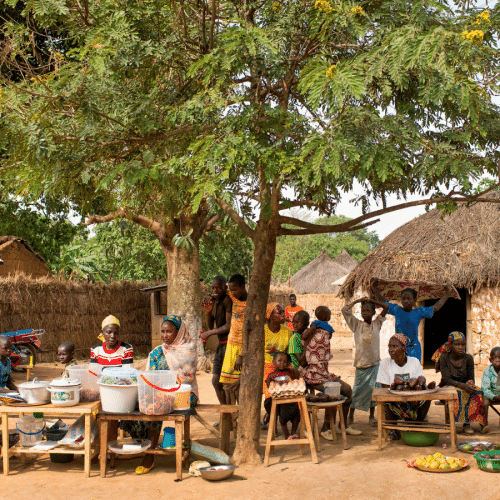
A new article for the Journal of Humanitarian Affairs explores different and contradictory ethical registers operating among international, national and local humanitarian actors, and the impact for localisation.
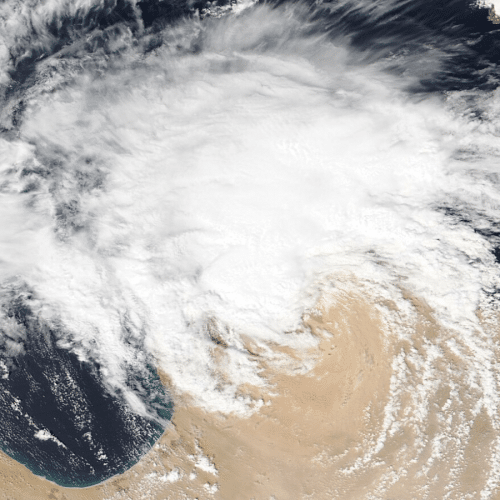
As Libya’s death toll rises due to the massive floods triggered by Storm Daniel, this PRIO blog explores whether such a catastrophe could have been prevented.
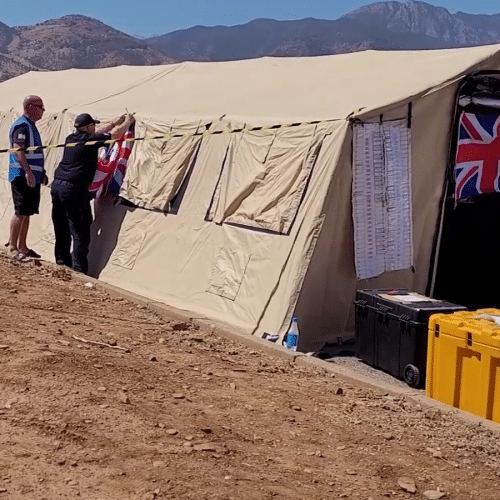
Following the recent devastating earthquake, Morocco has declined France’s offer of aid. This PRIO blog explores how this refusal can be best understood.
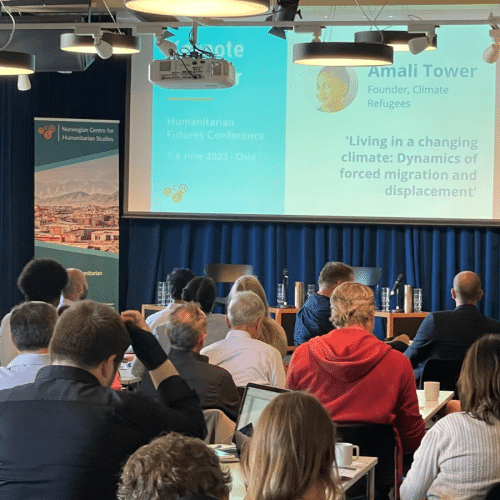
In this episode of Talking Humanitarianism , Amali Tower, Founder of Climate Refugees delivers the keynote address to open the Humanitarian Futures Conference.
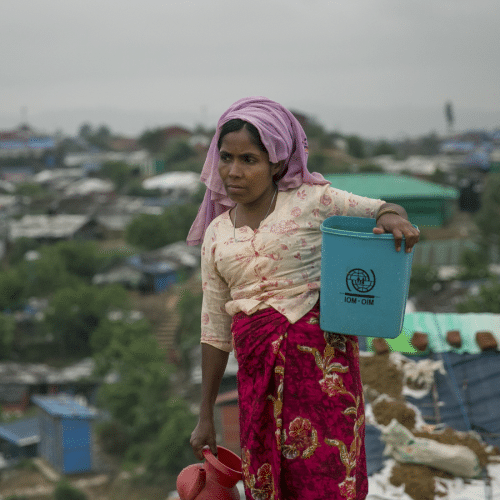
In this PRIO blog, Marte Nilsen provides her reflections on the current situation for Rohingya refugees living in camps in Bangladesh.
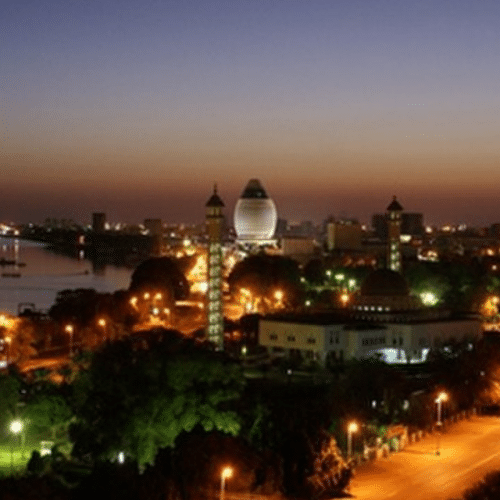
To find out more about the war in Sudan, including the humanitarian impacts, read the Sudan blog series published by the Chr. Michelsen Institute, as part of the Sudan-Norway Academic Cooperation project.
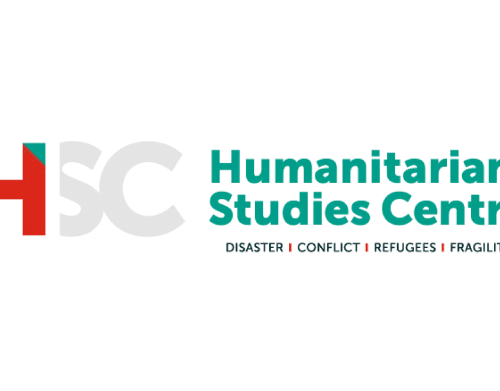
The Humanitarian Studies Centre was officially launched in the Hague last week, with the aim to bridge humanitarian research and practice.
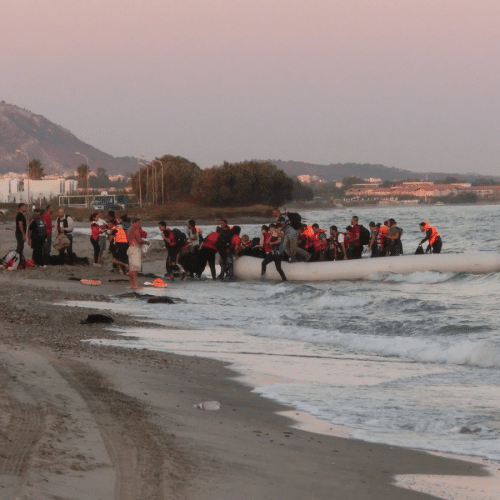
Heidi Mogstad discusses the media and public framing of refugee and other migrant issues and why language matters, in a recent interview with BBC News.
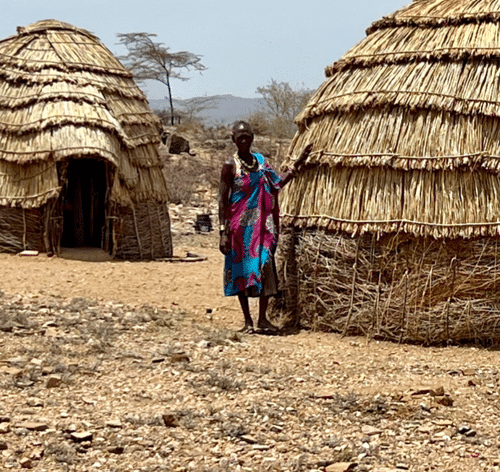
A new report seeks to shed light on the severe climate change losses and damages communities are experiencing in Kenya’s Great Rift Valley, in their own words.
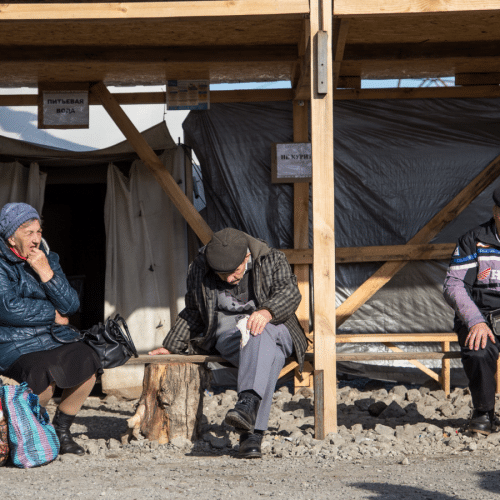
The Turkish Red Crescent recently brought together humanitarian practitioners and academics to discuss different aspects of the ongoing humanitarian response in Ukraine. Find out what they have to say here.
The following is an edited transcript of a conversation between NCHS associate Işınsu Acar and Gemma Sou. Gemma is a Development Geographer focusing on lived experienced and knowledge politics in disaster context(s). Based on research highlighting the impact of climate change on low-income families across Latin America and the Caribbean, Gemma has published two graphic-novellas “After Maria” and “Everyday Stories of Climate Change”. Gemma is a lecturer at the University of Manchester and fellow at RMIT University, and is also a Founding editor of the Journal of Humanitarian Affairs.
Hello Gemma, thank you very much for joining us today. Your identity as a researcher on development aid in geographies of disaster widely accompanies creative works with artists and other academics. I would like to begin by asking you the motivation or inspiration behind experimenting with methods such as emotional mapping and life history interviews, and how you use these to explore the impact of climate related disasters. In what ways do these methods reveal different aspects and impacts of climate change?
Thank you so much for the invitation, I am very happy to be here. With colleagues at the University of Rio de Janeiro and University of Portugal, I did some research experimenting with a research method that involved mapping people’s emotions in disaster affected areas in favelas in Brazil, following landslides and floods. We were really interested in understanding the emotional responses to disaster risk. The way disaster risk is measured and understood is often through very tangible, quantifiable indicators, such as the strength of a building, or the economic levels of families, or the breadth of social networks. Through this research, we wanted to understand how emotions also play into that.
We experimented with different materials, from cotton to plastic beads to glitter and stones, to understand to what extent these evoke different emotions in people and allow them to map their emotions on a map of their community. Emotions are often overlooked in climate change research, but they are integral to how people understand the world, how they experience climate change and how they respond to climate change. In experimenting with these materials and emotional mapping, we were trying to fill a gap in the research in terms of how we begin understanding people’s emotions. A lot of the emotional mapping research says, here is a map, put a pin in the place where you feel happy or put a pin in a place where you feel sad. This is very simplistic because emotions are not always just positive or just negative, they can be ambivalent, and they can be both negative and positive at the same time. We were trying to use the materials to add more complexity to the different emotions that people can map.
The different materials also helped people to start mapping or thinking about emotions that have both future temporalities and past experiential temporalities. For example, people started thinking about mapping hope. What you are hopeful for is informed by your past experiences. But hope is also a future oriented emotion – it is aspirational, it ties to your dreams, and your wants and needs and concerns. In this project, we wanted to challenge the typical representation of people impacted by climate change and show they are not just static and fixed in time, but that they have past experiences which inform their hopes and aspirations for the future. The reason we thought it was important to highlight this was because people impacted by climate change are often located in the so-called Global South, and they are often in vulnerable, low-income communities. They are typically not represented in research or media in a way that shows the past experiences and their lived experiences, and also their dreams and aspirations. So, this method was really exciting in terms of saying people are not just fixed characters in time, but they have multiple temporalities, they have a lived past and they are future oriented agents.
Thank you so much for that insight, Gemma. In addition to engaging in emotional mapping, you have published two graphic novellas, namely “After Maria” and “Everyday Stories of Climate Change”, in collaboration with artists and researchers. In these graphic novellas you were trying to recognise the agency of disaster affected populations, and even the role that everyday humanitarians can play. Can you talk to us about who the comics and novellas are designed for and how your work resonates and is being referred to?
The comics and graphic novellas you mentioned have mostly been used in educational contexts. In particular, they are used to support climate change curriculums. A lot of teaching in this space comes from a science, technology, engineering and maths (STEM) background, but with the novellas we are trying to help educators bring a social science perspective. I also know that the first comic, “After Maria” has been used to facilitate participatory workshops with disaster affected populations in the Philippines, but this was not really the intended purpose.
In terms of the intended audience, the first comic is for about 15-year-olds and above. The second comic, “Everyday Climate Change Stories”, which came out in July 2022, is for 13-year-olds and up. I say with conviction that a 13-year-old would find it just as useful for understanding climate change as people doing a postgraduate degree. That is because the story is not didactic, it is not being told. The story is depends on how the reader interprets it. We have been very mindful in writing the story to ensure it leaves room for the reader to use their own understanding of the world, and their own understanding of different theories and concepts of climate change to interpret the story.
We have distributed the second comic to multiple schools across the UK and Australia, and we know it has been used in the US, Canada, Spain, Portugal and in India. We feel very confident that the way the graphic novels or comics tell stories about climate change and disasters will appeal to, and be of use to, people of many ages.
I definitely agree with you because I found the comics are very accessible. They help narrate these complex realities pertaining to climate change by creating engaging and beautiful stories. I wonder how you might reflect on what we choose to reveal and keep hidden in research and storytelling.
That is a really great question. I find it is not so different from when you write a journal article, or a book chapter, with some caveats. When doing research, you go into the field, you collect the data, you do your analysis and identify the key findings shared across the samples. In my research, I spoke to 20 families, and they all had key similarities or experiences. It is the same kind of thing when it comes to creating the comic. We are bringing together the key findings from our research and conveying them through the medium of a character or a family in the comic. In this way, the characters are not real, but the stories in the comics are based on data and key findings from our research.
It is also important to think about what kinds of stories people are exposed to about climate change and disasters. We are mainly exposed to climate change stories through the mainstream media, the news and films, for example. And often these images show a very simplistic notion of people suffering, in pain and in their most vulnerable state. We do not really get to know who they are as a person, or their complexity as a human being. Part of the agenda with the comics is to ensure we are creating characters that you show their style, their humour, their dreams, their aspirations, and the way they gesticulate their style, because these elements are not often seen in mainstream media. We are trying to make sure we are telling the story as it comes from our data, but also that we are challenging mainstream media portrayals of disaster affected people, which I would say are very problematic.
I am glad you touched on this topic. Sometimes it is hard to avoid fetishisation or victimisation when you are trying to picture a disaster affected community, so comics are helpful in visualising vulnerability and resilience in a more holistic way. Now, I would like to move on to the debate over decolonisation of aid. What have you observed in your fieldwork in relation to the exchange of resources and skills?
The culture and history of research is often very colonial, with the white person from the Global North going to do research on people in the so-called Global South. This is really being critiqued. A big part of the decolonisation of research now is to make sure the people you are researching are part of the research design, and they are collaborators in how research is translated and communicated. I have noticed in my own research, too, that the people I do research with are very aware of these dynamics and questions. It is something I have questioned in my own research, and it pushes me to make sure that I am not just a researcher extracts data and hides it away in a journal article. This is a big part of why I did the comics, is to take the data, translate it into a story and give it back to the people that the research is about. It is also about collaborating with the people in the research to say this is how your story is going to be told and to get feedback from them. We need to start trying to think about research not just through Western epistemologies, we need to question the foundations of how we view the world, which is often through Western based theories.
Can you reflect a little bit about the ethical guidelines in your research?
This is something I have reflected on a lot. I have noticed that as my research has gone on, I have really matured my thinking around ethics. I say that from a point of looking back at my PhD, which was in Bolivia, and realising as a postgraduate researcher that I was obsessed with getting data, with making sure I got the maximum numbers of interviews possible. In doing that, I rushed the research process and did not build the relationships with people that I would do now.
I find that academia can be a very problematic industry in this way, where you are extracting data from the very intimate stories people are telling you of their lives. It is important to make sure you have good rapport with, and the trust of, people you are researching. Feeding back findings and ensuring those findings are communicated in a way that is meaningful and understandable to the people you are researching is very important. I am not saying that the comics are the perfect way to do that, but that is my attempt to bridge that conversation with the people I have done the research with.
I am also wondering how well connected is academia with practitioners in this case?
It depends who you are speaking to, and it depends on your discipline. There is a real push for bridging research and practice, particularly for informing policy, but I have only been able to do that to a small extent, for example, shaping disaster recovery programs in Puerto Rico and Bolivia.
My research is typically very qualitative and in-depth, but quite small scale – I speak to maybe 20 families or 10 people, so this can present some challenges. In the past I have approached local governments and said I have in-depth data that could inform disaster recovery policies, only to be told that the samples are too small and that I need quantity and big survey data. So, a few years ago, I had to make a decision, am I going to try to use my research for policy impact or am I going to try and shape public awareness of disasters. Because of my methodology and small data sets, I made the decision to focus more on public engagement and awareness and this is why I developed the comics.
Thank you very much for sharing your knowledge and experience with us. I think your work in the creative translation of research into comics and novellas is really unique and inspiring.
It was a pleasure, thank you for having me.
This interview is conducted as part of the the “Humanitarian Diplomacy” research project. The Humanitarian Diplomacy project assesses policy, practices, and impact of new forms of humanitarian action and foreign policy, and is funded by the Research Council of Norway.